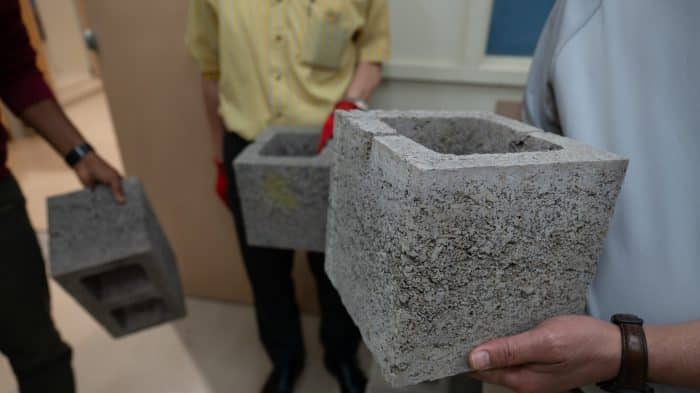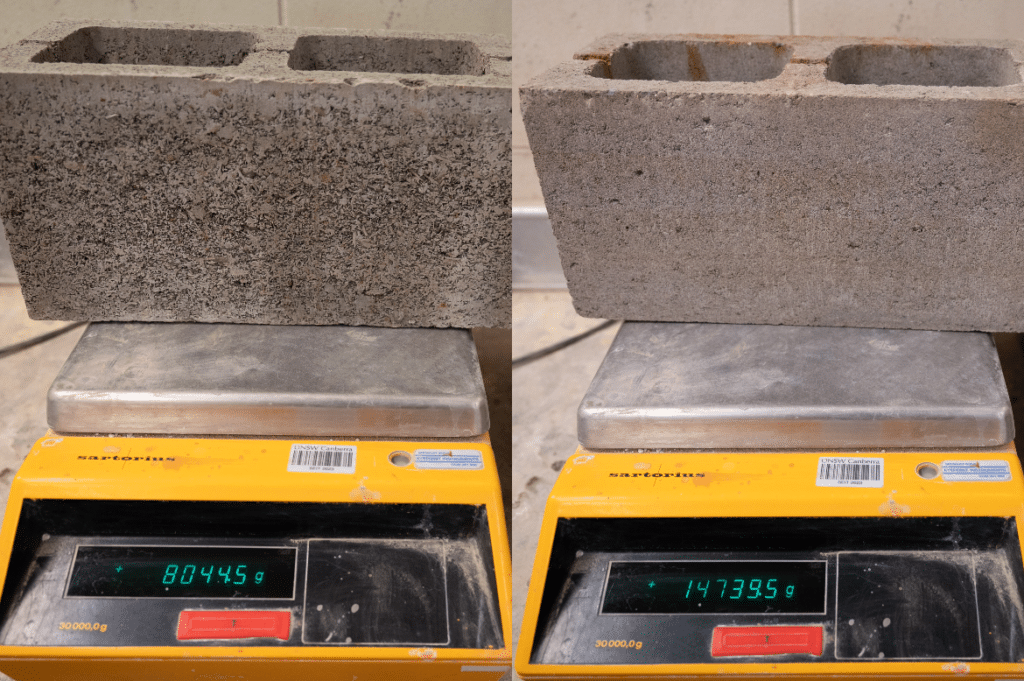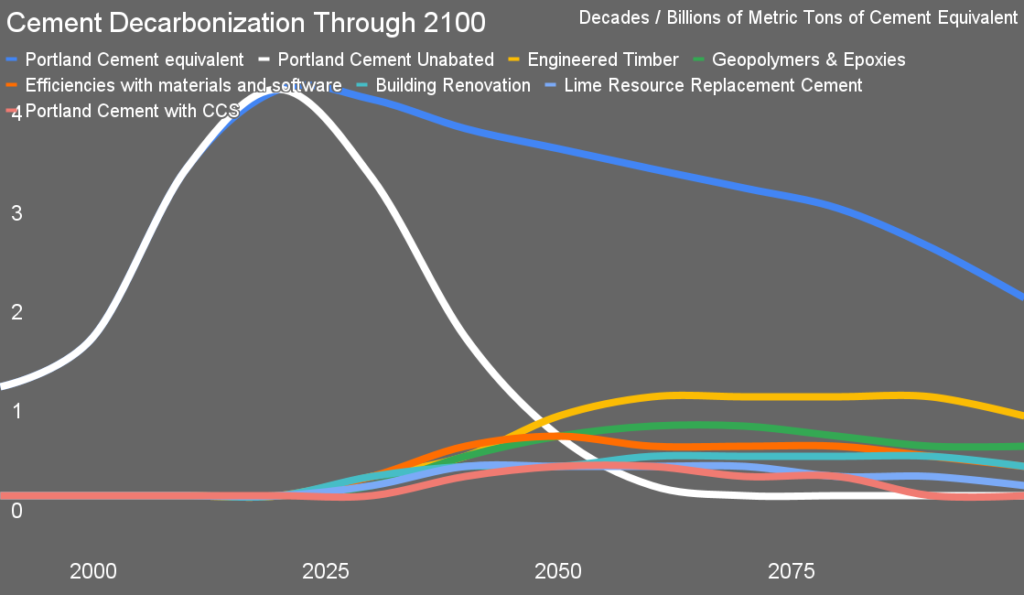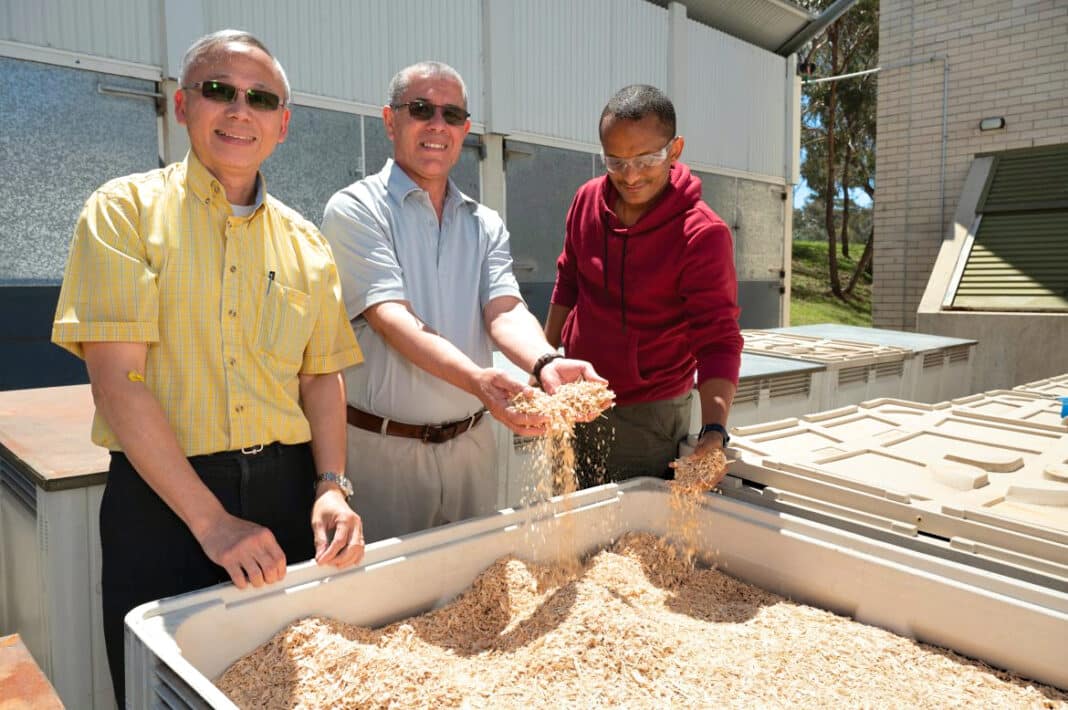Repurposed treated timber could hold the key to developing greener and more affordable alternatives to traditional concrete, providing a second life to timbers treated with chemicals that otherwise end up in landfills.
That is according to researchers from the University of New South Wales in Canberra, who are mixing treated timber waste with geopolymer cement to create a new type of concrete block.
Led by Dr Amar Khennane and Dr Jong-Leng, the new building material, developed by UNSW researchers, meets the Australian Standard for load bearing and, thus, makes it a viable option for low-rise construction:
Dr Khennane, one of the lead researchers, highlights the practical benefits of this innovation. The lightweight geopolymer cement wood blocks, which could serve as an alternative for wall material in construction, not only reduce the cost of transportation but also pave the way for a more affordable and sustainable construction option.

It comes as Australia, which has vowed to become fully circular by 2030, faces a major challenge due to the accumulation of treated timber waste in landfill centres across the country—which, according to the UNSW, now makes up more than 6% of Australia’s waste. “Treated timber is difficult and expensive to dispose of due to its toxic chemical additives,” the researchers said.
“Repurposing this substantial volume of wood waste into an alternative building material not only addresses environmental concerns (from) wood stockpiling but could also offer a greener option for construction projects,” Dr Khennane said.
The research also focused on repurposing chromium copper arsenic-treated wood. The researchers stripped back the chemical and turned it into wood chips. These wood chips were then left to “dry out” before being mixed with geopolymer cement and shaped into a traditional concrete block.
They found that the decontaminated wood chips had much improved compressive, flexural, specific strength and fractural toughness relative to the non-decontaminated wood – which, in turn, represents a positive step forward for the future of building circularity.
Looking ahead, Dr Khennane plans to construct a small cabin using geopolymer cement wood blocks. The research, subject to securing third-party funding, will examine the impact of the new material on household energy ratings to reduce energy bills.

Timber and geopolymers are critical to the future of construction.
The push comes as Wood Central reported last week that timber, geopolymers, epoxies, and improved material software are poised to play a major role in shaping the future of post-concrete construction.
That is according to Michael Barnard, a climate futurist, strategist, and author who has published ‘Cement Displacement and Decarbonization through 2100,’ projecting the decade-by-decade change to the building and construction market over the next 75 years.

And the report findings are clear: the global demand for Portland Cement, starting from 2030, will experience a rapid and continuous decline – with shrinking demand for mega projects, coupled with the increasing cost from carbon pricing making Portland Cement uncompetitive.
“With the rise in the cost of cement and the demand reduction, the alternatives spring into action,” Mr Barnard said. “The largest of these is likely to be engineered timber,” followed by geopolymers—combined with epoxy, that can create concrete replacements and drive growth in the Global South, including India, Brazil, Indonesia, and Africa.
- To learn more about Mr Barnard’s report – including how the world can better utilise the 3.5 billion cubic metres of forest products it harvests every year, visit Wood Central’s special feature.






